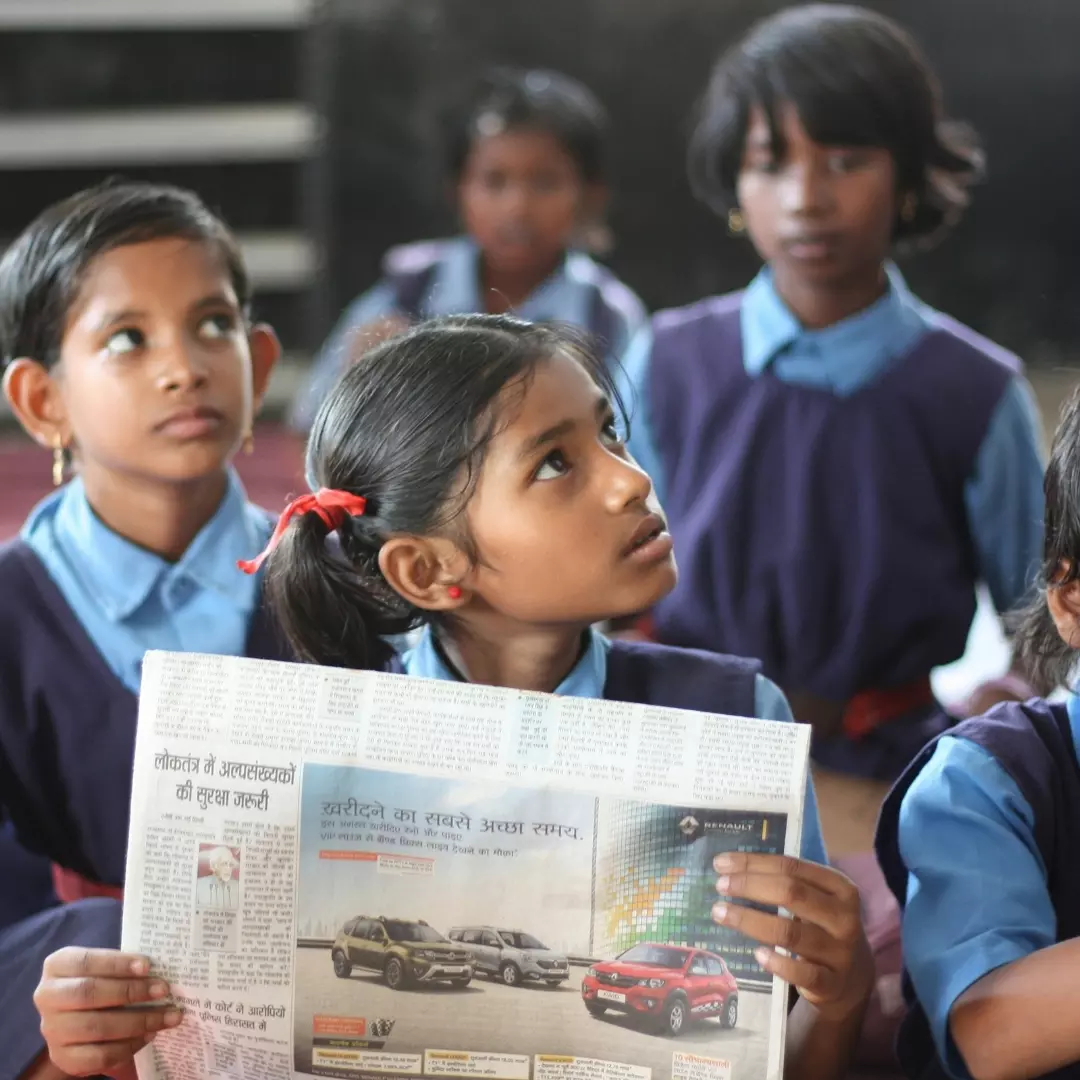In a groundbreaking move to enhance educational access and quality, the Uttar Pradesh government has launched two significant initiatives: the Online Rural Education Initiative (OREI) by IIT Kanpur and the Road to School project. These programs aim to improve learning outcomes for students in rural areas and foster a culture of education across the state.
Online Rural Education Initiative (OREI)
Objective and Implementation:
The OREI aims to provide quality education to children in rural Uttar Pradesh through real-time interactive classes. Launched at two pilot schools—Ram Janki Inter College in Kanpur and Bhartiya Gramin Vidyalaya in Lucknow—the initiative will soon expand to cover 100 rural schools. The program is part of the Unnat Bharat Abhiyan and focuses on students in classes IX and X, with plans to include higher grades in the future.
Technology Integration:
Utilizing advanced technology, OREI enables two-way communication between rural classrooms and IIT Kanpur’s smart classrooms. This approach not only enhances engagement but also ensures that educational content is accessible and relatable for students.
Road to School Project
Collaborative Effort:
Launched by Chief Minister Yogi Adityanath in Gorakhpur, the Road to School project is a partnership between the Basic Education Department, Ashok Leyland, and Learning Link Foundation. The initiative targets primary and upper primary schools (classes 1-8) with a focus on improving infrastructure and overall student development.
Goals and Features:
The project aims to increase enrollment rates, reduce dropouts, and enhance academic performance through practical learning methods. It emphasizes health care, sports, and skill development, aligning with the Nipun Bharat Mission’s objectives for foundational education.
Future Prospects
Both initiatives reflect a commitment to narrowing the educational divide in Uttar Pradesh. By leveraging technology and community partnerships, these programs are set to make significant strides in providing quality education for all children, regardless of their geographical location. With ongoing support from government officials and educational institutions, these efforts are poised to transform the educational landscape in the state.











